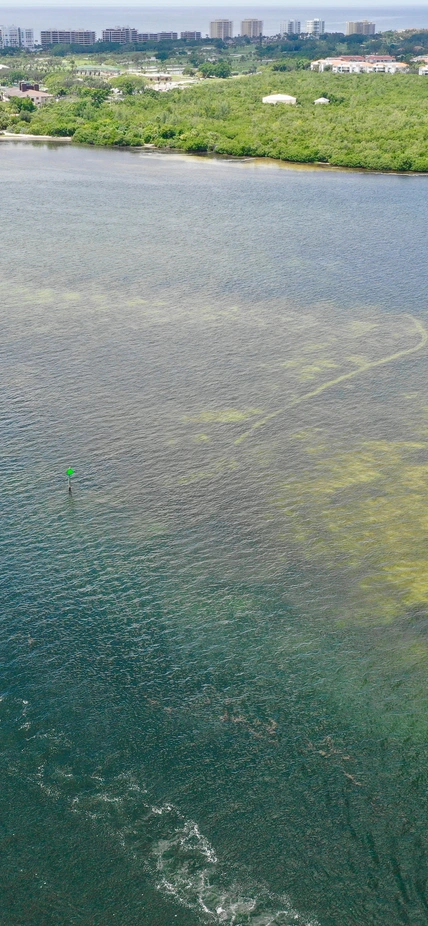Palo Alto, CA—Algae have a superpower that allows them to out-perform plants when it comes to producing the sugars that enable their speedy growth. Carnegie plant researchers, including Adrien Burlacot, are working hard to elucidate this capability—particularly how algal cells supply the energy to fuel these abilities—in order to see if it can be harnessed for agriculture.
Plant cells, algae, and certain bacteria can convert the Sun’s energy into chemical energy using a series of biochemical reactions called photosynthesis. This forms the baseline of our entire food supply, both directly through the consumption of fruits, vegetables, legumes, grains, and other plant products and—indirectly—through consumption of dairy, eggs, and meat.
Photosynthesis has also shaped our planet’s atmosphere. Its evolution made Earth oxygen rich, allowing life as we know it to arise and thrive. Furthermore, its reactions require carbon dioxide, which means that plants take up and sequester a sizable fraction of the carbon released into the atmosphere by human activity.
“Photosynthesis initially evolved when the atmosphere was carbon dioxide-rich, and so the mechanism by which plants capture carbon dioxide from the atmosphere isn’t very efficient, because it didn’t need to be early on,” Burlacot explained.
However, over time, algae developed special biophysical tools for concentrating carbon dioxide, which is less available in aquatic environments than it is in the air. This biochemical boost is part of what allows algae to grow so quickly, taking over ponds and untreated pools with surprising speed. Primitive versions of carbon dioxide-concentrating mechanisms first appeared after red and green algae diverged and more complexity evolved gradually.
In a Trends in Plant Science piece published in print this week, Burlacot analyzed what we know and don’t know about how the wide diversity of photosynthetic algae supply energy to maintain this carbon dioxide-concentrating activity. Scientists are just beginning to elucidate the molecular mechanisms powering this ability—research that is particularly challenging because carbon dioxide-concentrating functions are disbursed in a variety of cellular locations and can involve cellular spaces beyond the chloroplast, where photosynthesis occurs.
In his new paper, Burlacot sets up the working model of the energetic network of the carbon dioxide concentrating mechanism in algae.
“The better we can understand how algae’s special carbon dioxide-concentrating superpower is so successful, the likelier it is that we could engineer this function into crop plants, or harness it for developing new carbon capture mechanisms,” Burlacot explained. “This would increase agricultural productivity, fight global hunger and remove more human-caused carbon pollution from the atmosphere, thereby contributing to climate change mitigation strategies. But we have so far just scratched the surface of understanding the energy balance that enables the algae to accomplish this and more investigations will be needed to test the model we have drawn.”
By working out each biochemical and biophysical step of algal carbon dioxide-capturing mechanism, scientists like Burlacot will be better able to determine how to genetically bestow this ability in crop plants and which plants would be most successful when granted algal superpowers.
